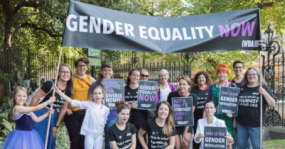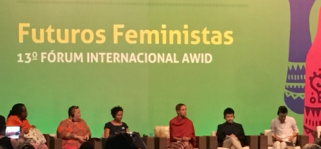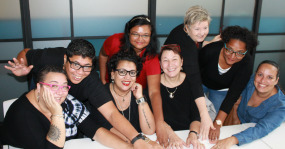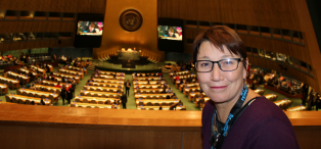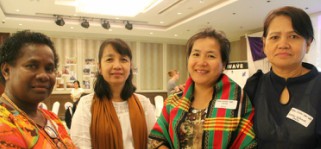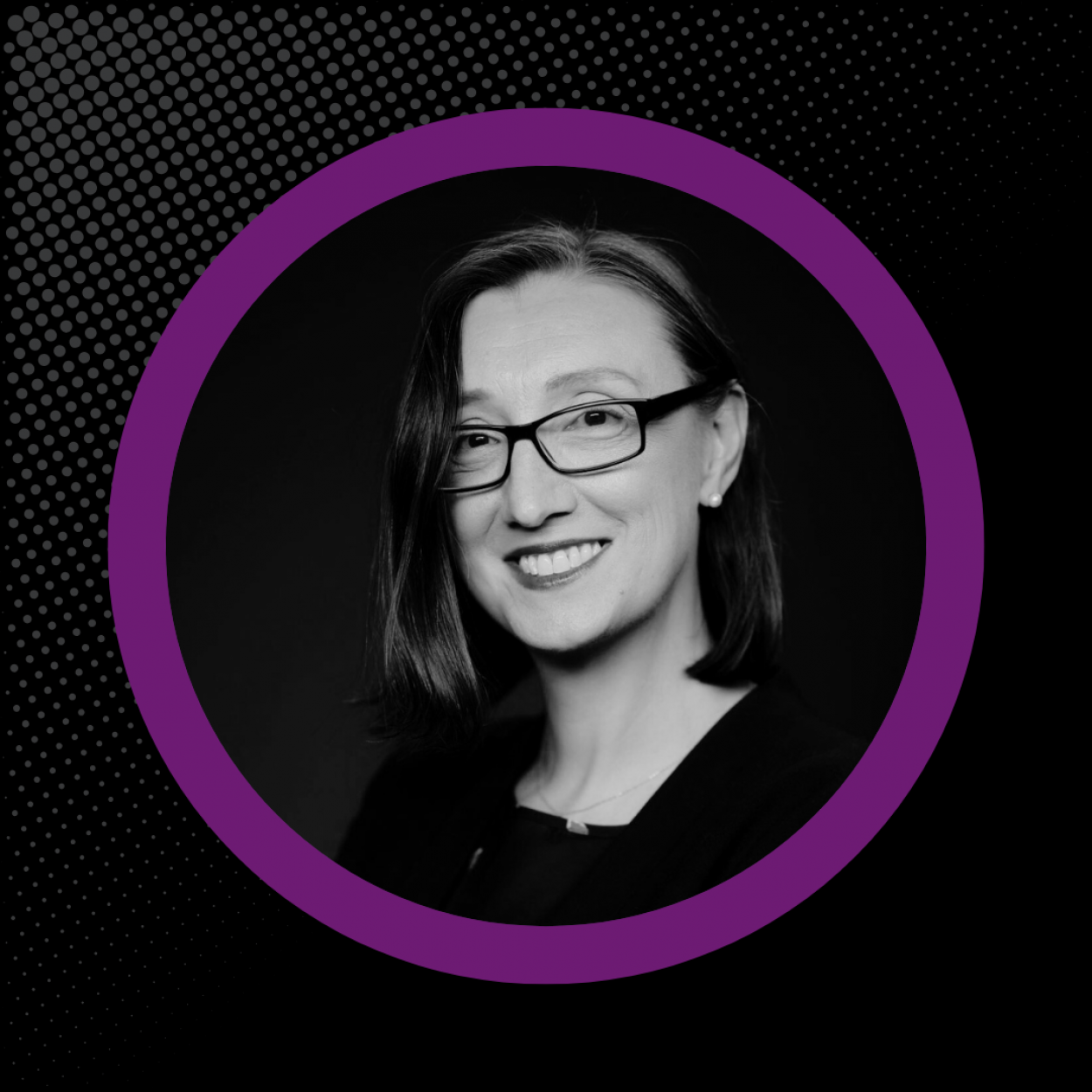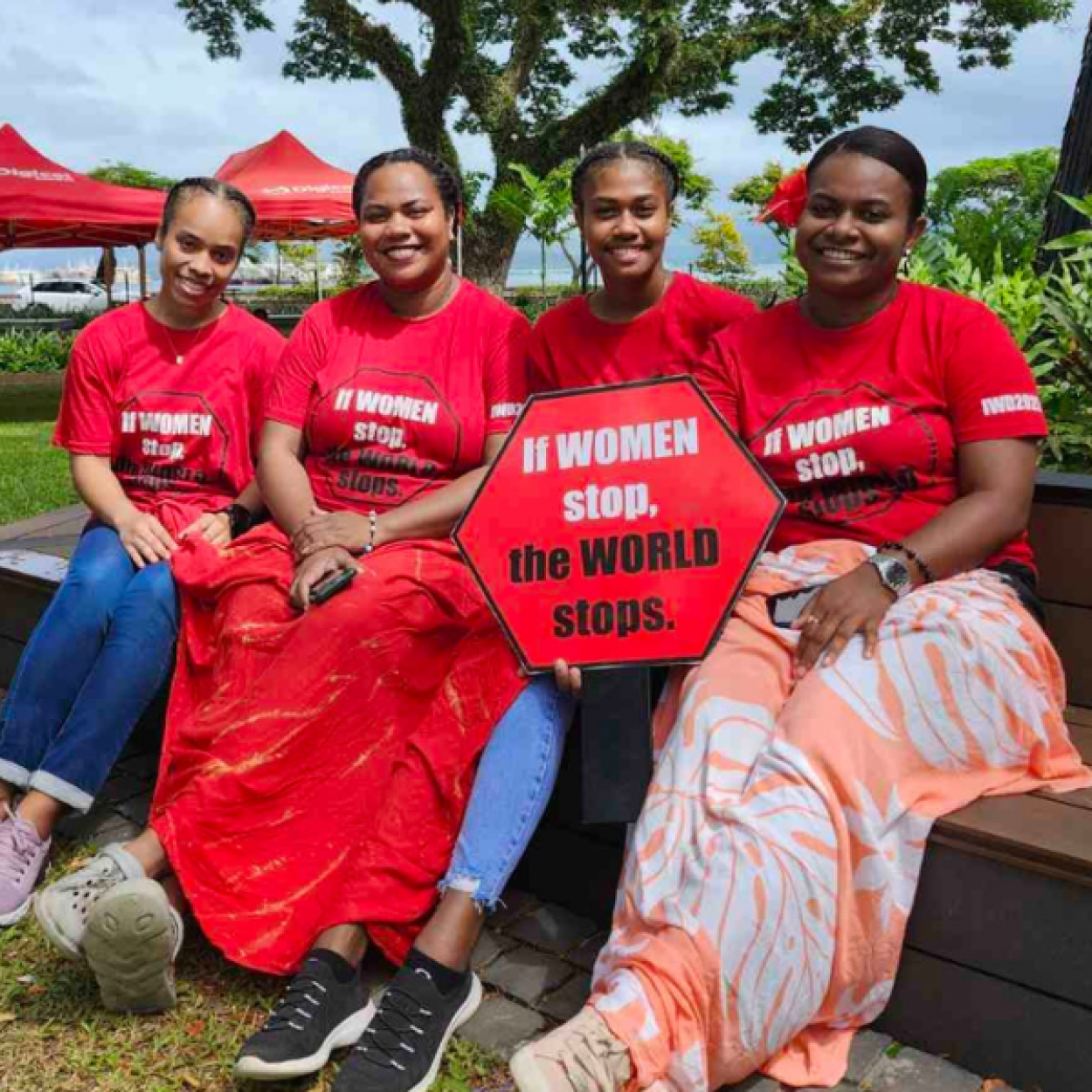Learn
When we talk about the barriers to gender equality, we need to understand them at both an individual and systemic level. To achieve true equality, we need to make sure that the formal declarations and pieces of legislation in place to protect women’s rights address the complex issues women experience in their daily lives. The Women’s Movement has worked tirelessly to create a strong foundation of internationally recognized rights for women and girls in all our diversity, across the world.
In 1948, the United Nations adopted the Universal Declaration of Human Rights – a historic declaration which for the first time, identified fundamental human rights held by all people on earth, regardless of gender, ethnicity or religion. While this Declaration was a true milestone, it was hampered by the lack of diversity among its writers. It was written largely by men, and omitted violations disproportionately experienced by women and minorities.
Women’s groups have worked determinedly to force governments and international institutions to recognise the unique violations of women’s human rights in situations of war and conflict. Conflicts such as Kosovo, Sierra Leone and Syria highlighted the particularly brutal sexual violence women experience during war.
The Convention to End All Forms of Discrimination Against Women (CEDAW) was promulgated in 1979, and adopted by 189 UN member states. CEDAW lays out strong guidelines to protect women and girls in all our diversities.
The Fourth World Conference on Women was held in September 1995 and brought together over 30,000 activists and 17,000 participants in Beijing. By the end of the Conference, participants had produced the Beijing Declaration and Platform for Action, heralded as the most progressive blueprint ever for advancing women’s rights. The platform imagined a world where each woman and girl had full access to her rights, and remains a powerful commitment and source of guidance and inspiration.
On this page you’ll find key information and resources relating to the past, present and future of the women’s movement.
Key reading
The Sustainable Development Goals
In 2015, the world’s governments made a historic commitment to address our planet and society’s issues together. It was agreed that significant global action is needed to address complex issues from climate change, to eradicating poverty and creating more equal and peaceful societies.
All of the 193 countries that are members of the United Nations agreed to adopt the Global Goals for Sustainable Development or ‘Sustainable Development Goals’ (SDGs).
The 17 Global Goals have ambitious and important targets – from ending poverty to promoting global peace. Unlike similar frameworks in the past, The Global Goals apply to all countries – including developed nations like Australia. This is important because many of the problems we face today are not limited to a single country but affect us all, and what happens in one country can have a global impact.
Find out more about the SDGs, and why they are important for women.


